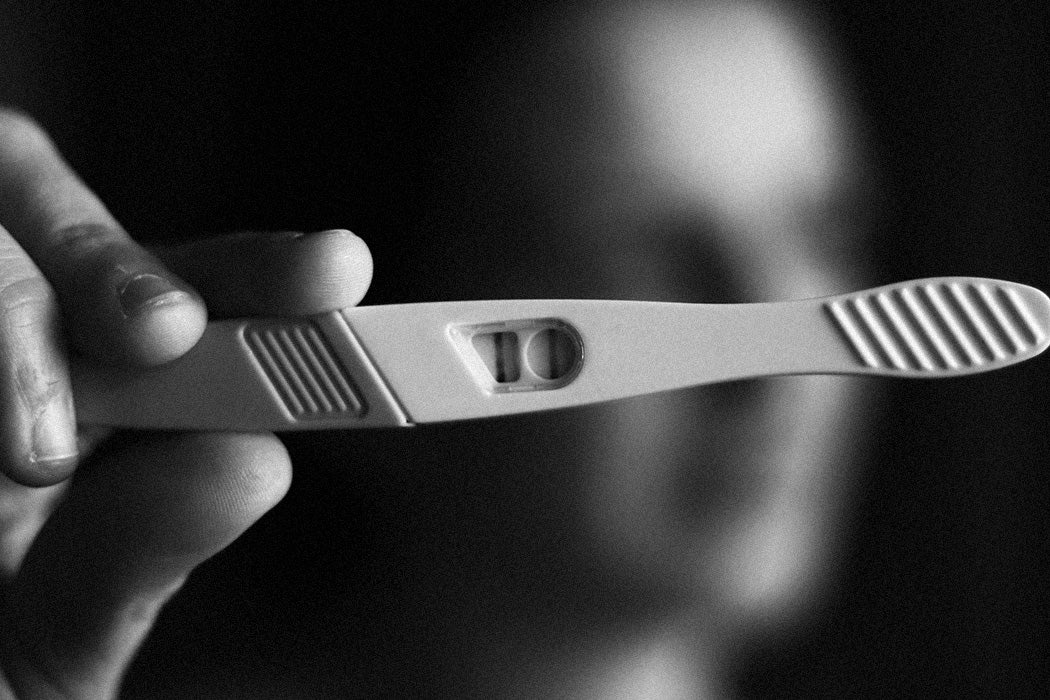Among the changes for American women in the 1970s was one both private and far-reaching: the arrival of the home pregnancy test.
Prior to this, women had to get tested at doctor’s offices or clinics, which was costly, inconvenient, and possibly embarrassing. The standard test by the 1960s involved an immunoassay to establish the presence of pregnancy hormones, a test that could be performed in a doctor’s office. However, such tests were not routine. As historian Sarah A. Leavitt found,
advice books dismissed the idea of pregnancy tests—“there is no need for one” claimed the Better Homes and Gardens Baby Book in 1966—and there was some stigma associated with the need for an early result.
The stigma was the implication of promiscuity. In this worldview, the only women who needed to know they were pregnant (before it became physically obvious) were women who might have a plan to end the pregnancy or perhaps make rapid arrangements for a wedding. This seems stunning today, but this was also before doctors started advising women to take folic acid or stop smoking as early as possible in the pregnancy. Early prenatal care was limited.
The argument that women didn’t need medical information was also part of a fairly retrograde and patriarchal medical system, Leavitt writes. Against this, the women’s health movement pushed for women to have more control over their health and treatment, and this included the right to find out if they were pregnant. Pharmaceutical companies saw a market, and the first home tests arrived on American drugstore shelves in 1977.
Those initial home tests were not user-friendly. “The kit consisted of a test tube, two droppers, and a plastic tube-holder fitted with a special mirror to reveal the results from the bottom of the tube,” explains Leavitt. There was plenty of room for user error. But despite their unwieldy nature, women took to them and the opportunity to find out their pregnancy status in private.
As Leavitt describes, this new technology was revolutionary, but it brought unexpected changes, too:
The pregnancy test has liberated women by giving them information earlier and allowing them to digest the information in the privacy of the own homes. However, it oppresses women when it forces them to make decisions earlier and earlier; when it forces them to confront a miscarriage they might otherwise never have known about; when it falls into the hand of those with whom they did not wish to share the information; and when it proves an untrustworthy narrator and gets the answer wrong.
The notion of confronting a miscarriage is one overlooked by test advocates, but as Leavitt points out, “[p]regnancy loss must begin with an identifiable pregnancy.” Because a home test does not “reveal the level of hCG [the pregnancy hormone], but simply its presence, it can claim a positive for a nonviable pregnancy where the hCG levels never rose high enough to sustain the embryo.” Many women were getting their hopes up unnecessarily and recording a “pregnancy” that might have otherwise been experienced just as menstrual irregularity. (Some tests on the market today claim to work even six days before a woman’s missed period—inevitably identifying “pregnancies” that turn out not to last and wouldn’t have been noticed otherwise.)
Weekly Newsletter
Doctors meanwhile, were sold on the idea of home tests after pharmaceutical companies suggested it would steer women to clinics sooner for prenatal care. According to Leavitt’s research, most women still see a home test result as a necessary preliminary, after which they’ll go to a doctor for confirmation. But access to a test at home gave women choices and wrested control from the medical establishment of information about their own bodies.
Support JSTOR Daily! Join our new membership program on Patreon today.







